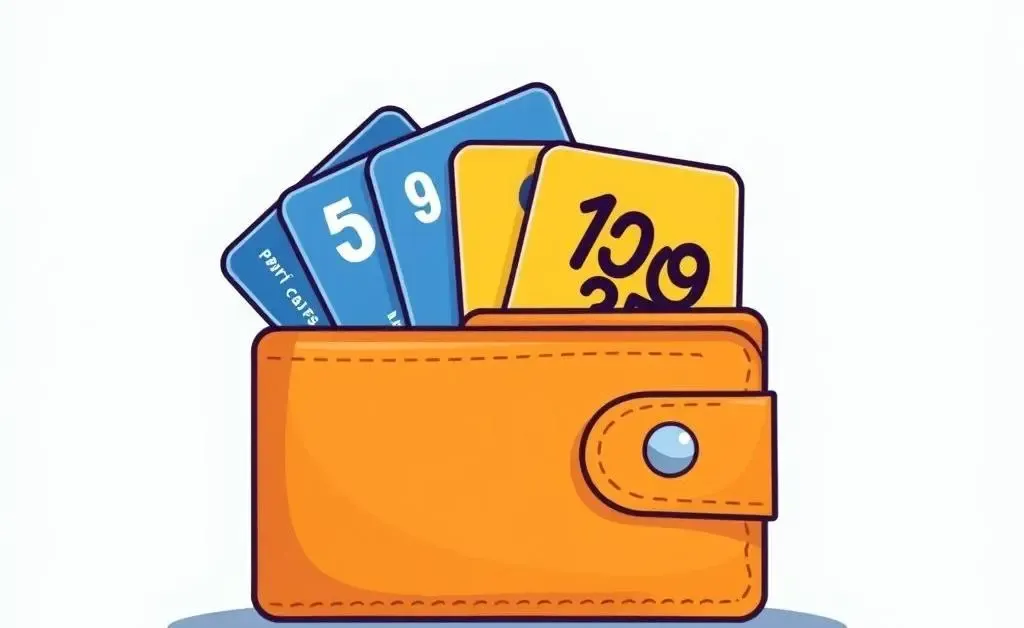Choosing the Right Credit Card: A Look at Design Trends and Convenience
Discover how design choices like number placement can impact your credit card experience.

Have you ever wondered why some credit cards now have their numbers printed on the back? Recently, there's been a shift in design that's worth a closer look, especially for those of us who want our wallets to reflect a bit of our personality while also providing convenience and security.
Why The Design Shift?
Gone are the days when credit cards were simply a functional rectangle of plastic. Now, design plays a crucial role in user experience. Many credit cards are opting to print numbers on the back to keep the front clean and modern. This shift not only looks sleek but also adds a layer of privacy. After all, no one wants their card number visible to wandering eyes while in line at a cafe!
The Benefits of Hidden Numbers
Having numbers on the back means less visible data when you're handing over your card. This change may deter quick glances and potential theft. Plus, it allows for a more minimalistic design, which many of us prefer nowadays. It’s all about having less clutter.
But What About Convenience?
Of course, accessibility is still key. For those who memorize their card numbers, reaching for your wallet just to key in details might seem cumbersome. But here’s a fun thought: think of it as an extra security measure, also giving you a break from quickly reciting numbers—a tiny mental exercise, if you will!
- Modern aesthetics: Clean front with information discreetly on the back.
- Enhanced security: Reduced risk of onlookers stealing card details.
- User satisfaction: Sleek design with necessary details still handy.
Let me share a story—I was at a bookstore, and as I awkwardly wedged my way through the bustling crowd to pay, I realized that folks behind me couldn’t see my brand-new card with its hidden digits. No awkward glances, no paranoia, just a smooth checkout.
Are Contactless Payments Changing The Game?
Also, with the rise of contactless payments, the need to manually enter card information is decreasing. Just a tap or hover, and voila, you're done! It’s like magic but with a chip. This technology fits perfectly with the new card designs, emphasizing ease and speed.
Conclusion
In summary, whether you love or loathe this new design trend, it's clear that credit cards are evolving to meet modern demands for better security and aesthetics. What’s your take? Would you prefer a sleek look with less obvious details, or do you still like to see everything up front?




